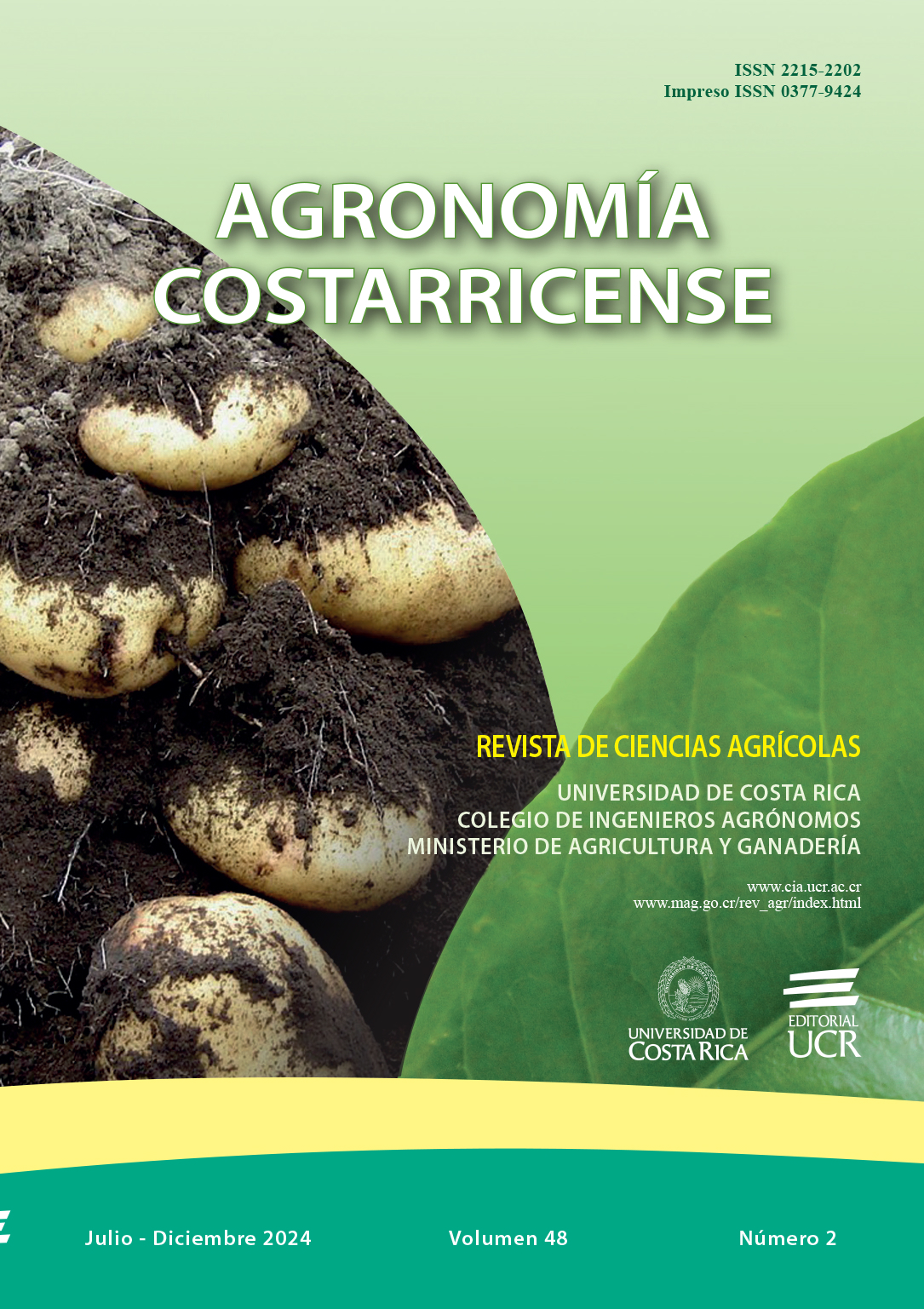Abstract
Introduction. The effect size and variability are relevant factors in estimating the number of repetitions in an experiment, where their impact is often unknown to the researcher. Objetive. To analyze the effect of the variability and effect size on the number of repetitions required in agricultural research. Materials and methods. The spatial correlation parameters estimated from the uniformity trial in the rice crop were used to perform 10 000 simulations of random fields. In each simulation, 16 experimental units of 24 m2 were formed, and an analysis of variance was adjusted to estimate the average residual variance, called scenario A. Additionally, a scenario B was proposed, where the 95th percentile of the estimated variances was used. The effect size was defined based on the results of a meta-analysis on the effect of agricultural practices on rice yield, and resulted in a 15% of the overall mean of the uniformity trial data. Additional effect sizes of 10% and 5% of the overall mean were also proposed. Results. In scenario A, four repetitions were needed to achieve a power of 0.91 and detect a 15% effect, while six repetitions were necessary to detect a 10% effect with a power of 0.81. In scenario B, five repetitions achieved a power of 0.86 to detect a 15% effect, while nine repetitions were required to detect a 10% effect with a power of 0.82. Neither of the scenarios achieved a power 0.80 to detect a 5% effect. Conclusion. The smaller the effect size to be detected and the greater the residual variance, the more repetitions were required to achieve a test power of 0.80. These two factors should be considered when planning experiments in agriculture.
##plugins.facebook.comentarios##

This work is licensed under a Creative Commons Attribution-NonCommercial-NoDerivatives 4.0 International License.
Copyright (c) 2024 Agronomía Costarricense


